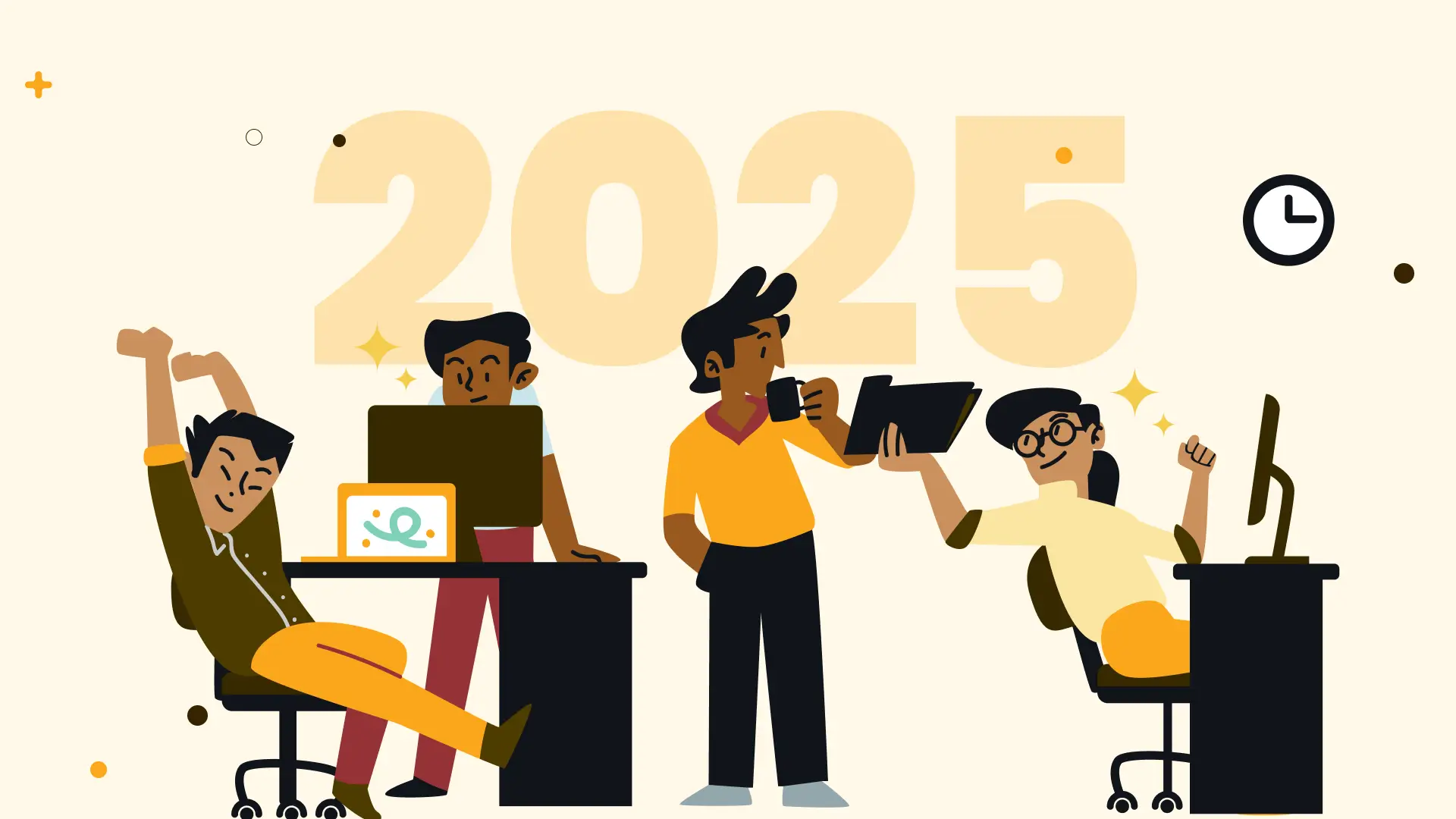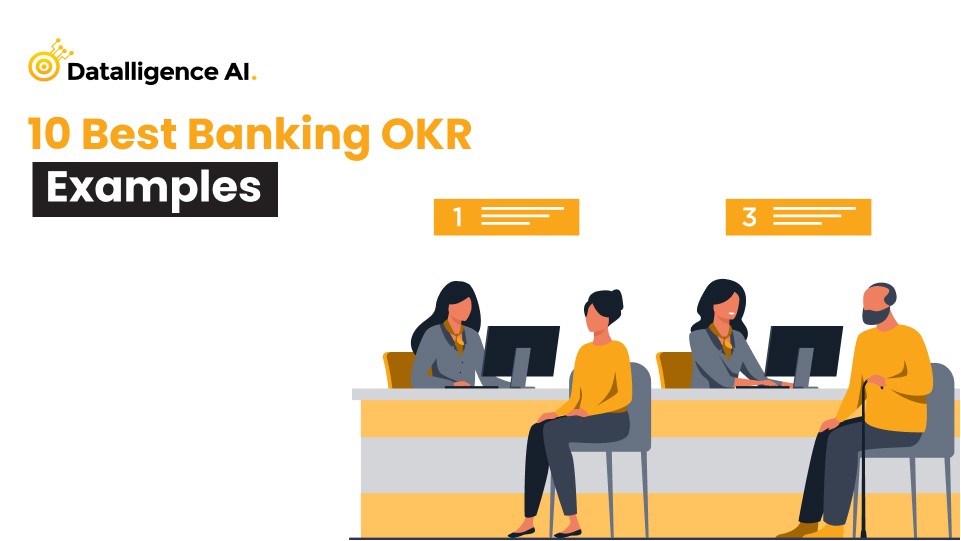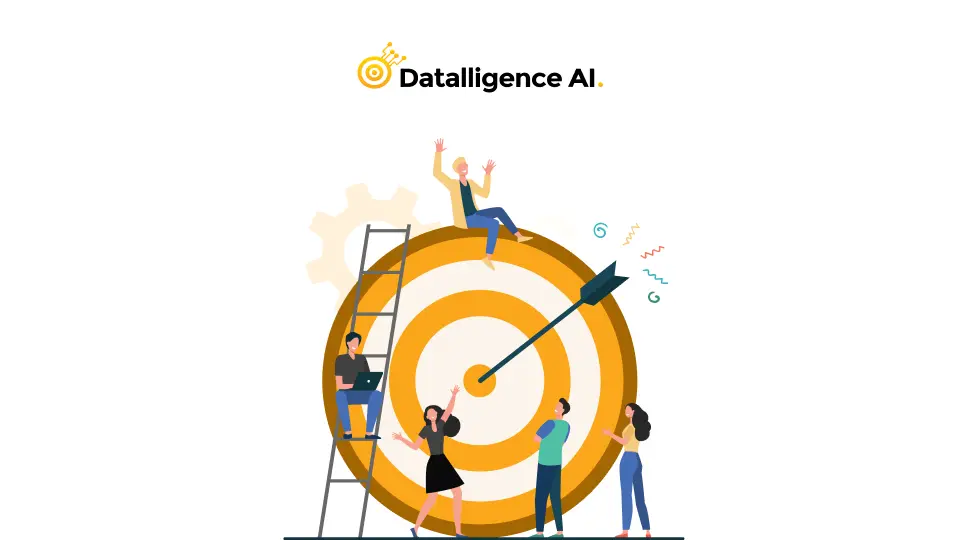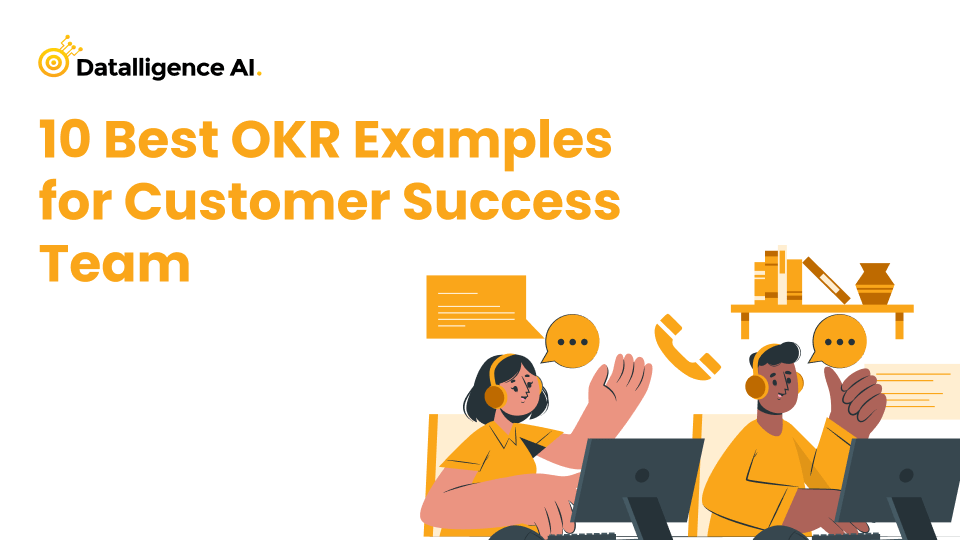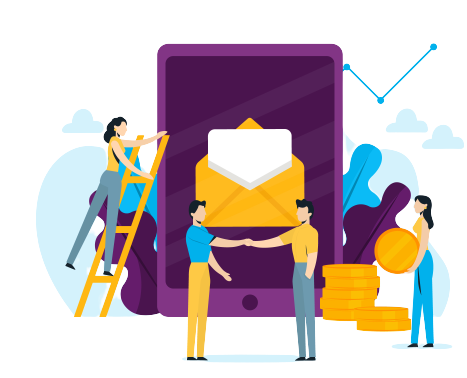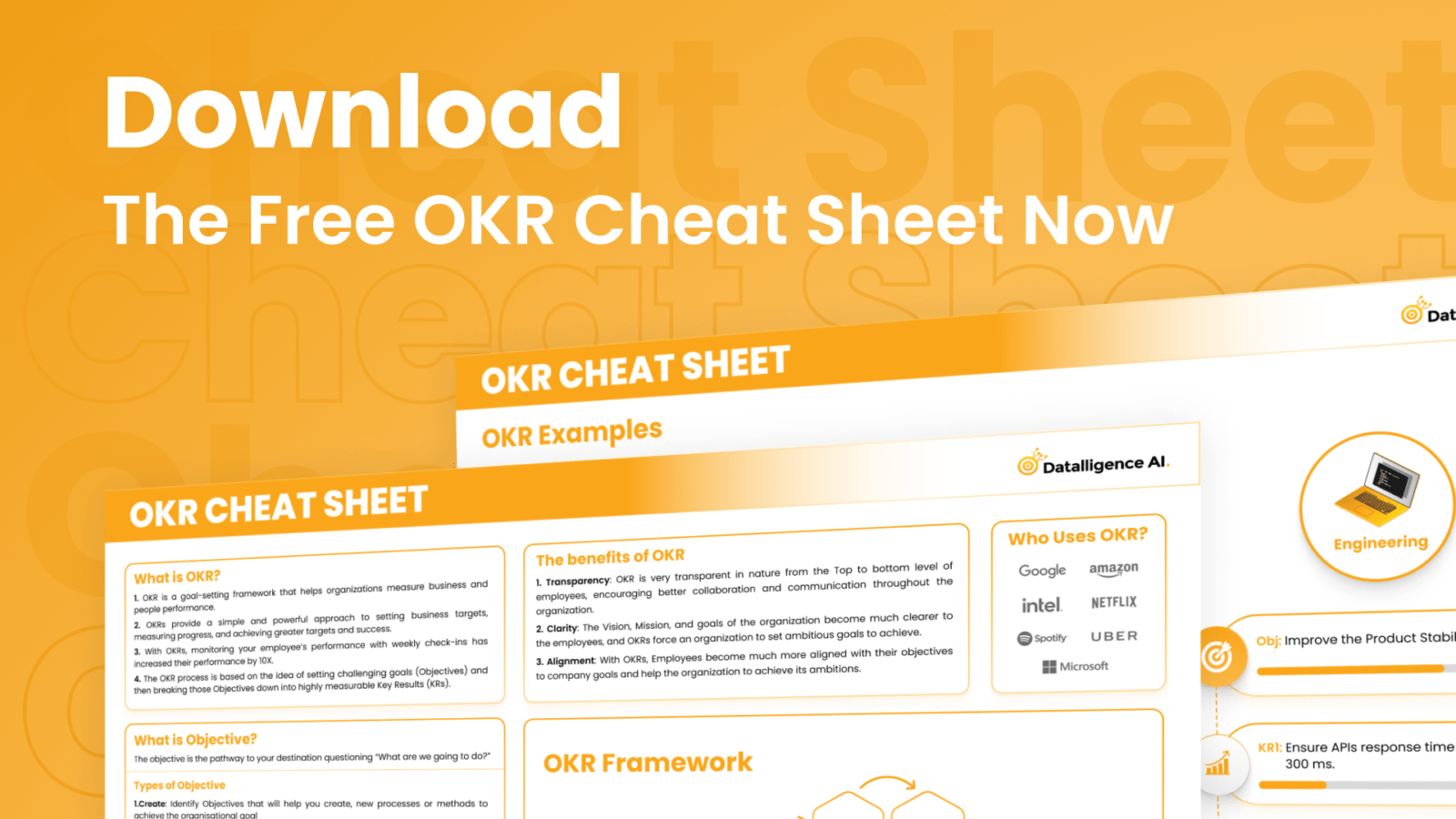Workplace productivity is set to surge by 30% globally by 2025, driven by smarter tools, better workflows, and an emphasis on strategic goal alignment.”
Organizations are reimagining productivity definitions, focusing on efficiency, collaboration, and sustainable growth. Embracing modern solutions is essential for businesses to stay competitive in a rapidly evolving landscape. Let’s dive into what productivity truly means.
What is the Definition of Productivity?
At its core, productivity refers to the ability to generate outputs efficiently with the available resources. In the workplace, this translates into achieving business goals while optimizing time, effort, and cost. However, with the rise of advanced technologies like AI, the definition of productivity is expanding to encompass not just outputs, but also the value and innovation generated through intelligent workflows. Modern productivity is about smarter work, collaborative success, and sustainable growth.
The Role of AI in Enabling Outcome-Based Teams
AI is transforming the modern workplace by driving outcome-based productivity and enabling organizations to focus on measuring what truly matters. Beyond automating repetitive tasks, AI offers real-time insights that optimize workflows and align efforts with strategic objectives. Goal setting and tracking have become pivotal, with AI enabling clear definition, alignment, and monitoring of goals to ensure teams stay focused on impactful outcomes. Key areas where AI is making a significant impact include enabling data-driven decision-making, fostering outcome-oriented performance, and streamlining processes to deliver measurable results.
Goal Setting with OKRs
OKRs serve as a powerful framework to align individual and team efforts with overarching organizational goals. Integrating AI into OKR implementation enhances this alignment by streamlining processes and driving focus on outcomes. Here’s how AI tools can revolutionize OKR adoption:
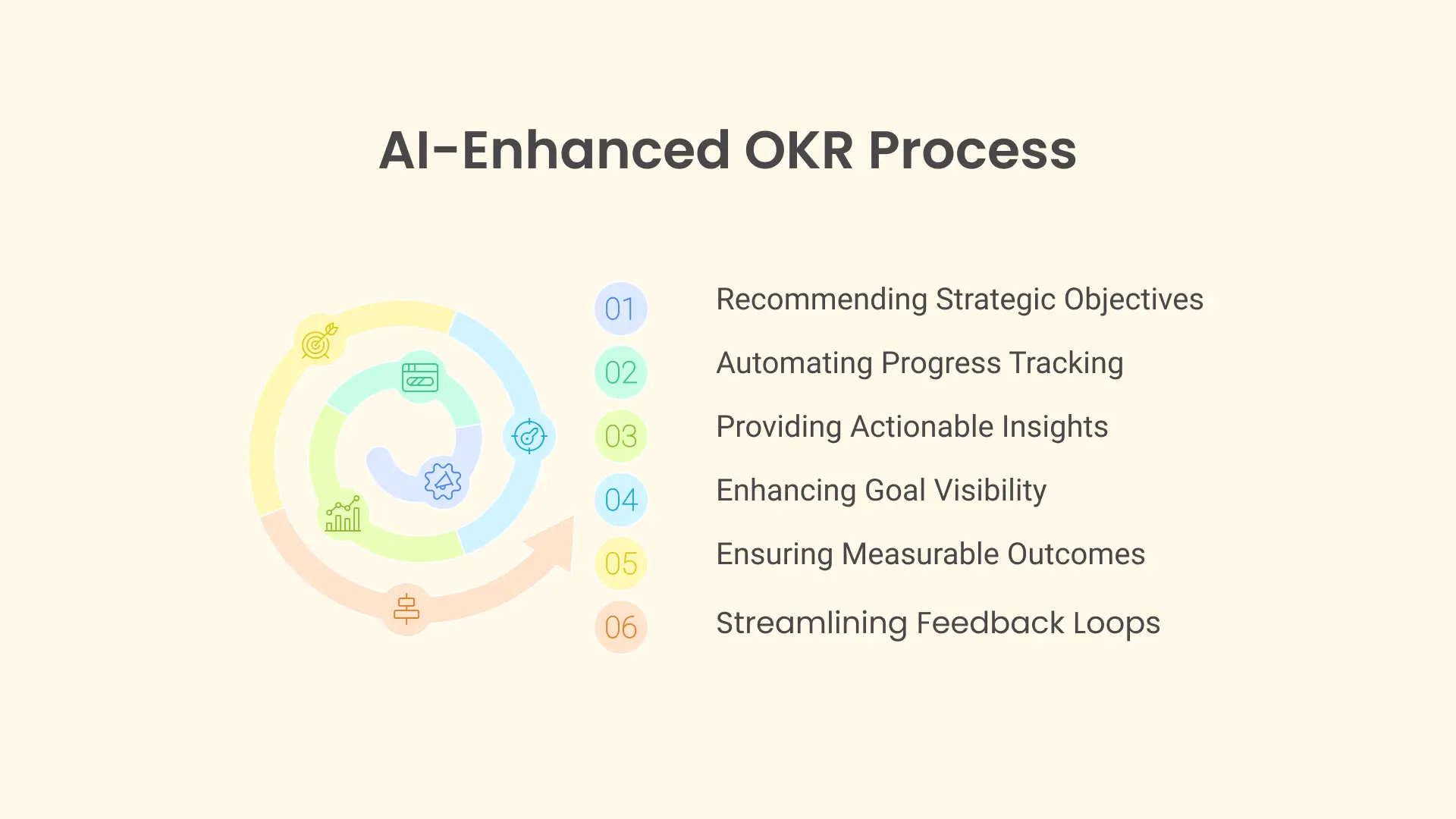
- Recommending Strategic Objectives:
AI analyzes historical performance data, industry trends, and current organizational priorities to suggest relevant and impactful objectives. This ensures alignment with business needs and reduces the guesswork in goal-setting. - Automating Progress Tracking:
AI-powered systems track progress in real time by integrating with existing tools and platforms (e.g., project management and productivity software). Automated reminders and status updates ensure regular check-ins and keep teams accountable. - Providing Actionable Insights:
AI continuously evaluates OKR performance and identifies patterns, bottlenecks, or deviations. It offers data-driven recommendations to refine objectives or key results dynamically, ensuring agility in response to changing priorities. - Enhancing Goal Visibility Across Teams:
AI enables cross-functional transparency by visualizing how team and individual OKRs contribute to company-wide goals. This fosters collaboration and minimizes silos. - Ensuring Measurable Outcomes:
By leveraging predictive analytics, AI helps set realistic yet ambitious targets, focusing on measurable results that drive meaningful impact. - Streamlining Feedback Loops:
AI integrates feedback from check-ins and progress reviews, suggesting improvements to optimize efforts and ensure continuous alignment with strategic objectives.
Through these capabilities, AI transforms OKRs into a dynamic, data-driven framework that adapts to organizational needs, enabling sustained growth and measurable success.
Project Management and KPIs
Project management tools are reshaping how businesses plan, execute, and evaluate their projects. By integrating advanced analytics and real-time data, AI enhances decision-making and ensures projects align with strategic goals. Here’s a detailed look at how AI empowers project management and KPI tracking:
- Real-Time KPI Tracking:
AI tools integrate seamlessly with project management platforms to monitor Key Performance Indicators (KPIs) continuously. These tools provide instant updates on metrics such as project progress, resource utilization, budget adherence, and timelines. Real-time dashboards offer visual insights, enabling teams to address issues before they escalate. - Predicting Project Risks:
AI algorithms analyze historical data, project variables, and market trends to identify potential risks early in the project lifecycle. These insights enable teams to proactively address challenges such as delays, resource shortages, or budget overruns. AI also suggests tailored mitigation strategies to reduce risk impact and enhance project resilience. - Optimizing Resource Allocation:
AI-powered tools assess project requirements, resource availability, and team capacities to recommend optimal resource allocation. They dynamically adjust recommendations as project conditions evolve, ensuring that resources are used efficiently without overburdening teams. - Enhancing Workflow Automation:
Repetitive tasks like task assignments, status updates, and progress reporting are automated by AI, freeing project managers to focus on strategic planning. This automation improves accuracy and consistency in project execution. - Improving Decision-Making with Predictive Insights:
AI uses predictive analytics to forecast project outcomes based on current data. This enables project managers to make informed decisions, prioritize high-impact activities, and allocate efforts toward achieving critical KPIs. - Facilitating Collaboration and Communication:
AI-driven platforms enhance team collaboration by integrating communication tools, highlighting interdependencies, and ensuring that all stakeholders have access to the latest project data. This transparency fosters accountability and alignment. - Customizing KPI Recommendations:
Based on the project type and objectives, AI can suggest tailored KPIs that best reflect the project’s success metrics. This ensures that teams track meaningful indicators aligned with organizational goals.
Integrating Data for Holistic Insights
Consolidating data from various sources to offer a unified view of productivity metrics, enabling organizations to make more informed decisions. Here’s how this holistic approach benefits businesses:
- Better Decision-Making:
By combining data from multiple systems, AI provides real-time insights for data-driven decision-making, helping align strategies with business goals. - Identifying Trends and Bottlenecks:
AI tracks key metrics across departments to spot emerging trends and potential bottlenecks, allowing teams to act quickly and optimize processes. - Enhanced Collaboration Across Departments:
AI breaks down silos by integrating cross-functional data, fostering transparency and aligning efforts across teams to meet organizational goals. - Personalized Insights:
AI tailors insights for leadership and teams, ensuring everyone has the relevant data to drive performance and make improvements. - Continuous Monitoring:
With AI, organizations can monitor progress continuously, adapting quickly to changes and optimizing efforts for greater impact.
Top 10 Productivity Trends for 2025
- AI-Enhanced Goal Setting with OKRs Organizations are leveraging AI to simplify and optimize OKR frameworks. AI ensures alignment, tracks progress and refines goals dynamically.
- Real-Time KPI Tracking Businesses are adopting AI-powered tools to monitor KPIs, offering instant insights into performance and bottlenecks.
- Holistic Data Integration AI unifies data from multiple sources to provide actionable insights, enhancing collaboration and decision-making.
- Predictive Analytics for Strategic Planning Predictive AI tools help organizations anticipate challenges and refine strategies proactively.
- Digital Well-Being Initiatives Companies are prioritizing employee wellness through AI-driven tools that monitor and enhance mental and physical health.
- Remote and Hybrid Work Models AI supports flexible work arrangements by streamlining communication, collaboration, and productivity tracking.
- Intelligent Workflow Automation Routine tasks, such as compliance checks and payroll management, are increasingly automated to reduce errors and save time.
- Upskilling Through AI Personalized learning platforms powered by AI are identifying skill gaps and delivering targeted training programs.
- Integrated Project Management AI tools provide real-time updates, optimize resource allocation, and predict project risks to enhance efficiency.
- Sustainable Productivity Practices Companies are adopting AI to implement eco-friendly solutions, such as reducing energy consumption and optimizing supply chains.
Digital Transformation as a Catalyst
Digital transformation complements AI by providing the infrastructure needed for seamless integration of these technologies. Key trends driving digital transformation in 2025 include:
- Cloud-Based Solutions: Cloud technology offers scalability and accessibility, enabling teams to work efficiently from anywhere. AI tools integrated with cloud platforms can:
- Automate backups and data security measures.
- Enhance real-time data analytics.
- Focus on Employee Well-Being: Organizations are adopting digital wellness programs powered by AI to:
- Monitor employee stress levels.
- Provide personalized wellness recommendations.
- Foster a healthy work-life balance.
- Intelligent Automation: Processes like payroll management, compliance checks, and customer service are increasingly automated, reducing manual errors and operational delays.
The Need for a Holistic Approach
While AI and digital transformation provide powerful tools, a holistic approach to productivity is essential. This involves:
- Fostering a Growth-Oriented Culture: Employees should feel empowered to set ambitious goals and experiment with innovative solutions. Organizations can:
- Use AI to identify skill gaps and recommend training programs.
- Recognize and reward contributions in real time.
- Aligning Individual and Organizational Goals: Goal-setting frameworks like OKRs should cascade seamlessly from the top-down while allowing individual contributions to shine. AI can ensure this alignment by:
- Connecting team objectives to broader company goals.
- Providing transparency on progress at all levels.
- Leveraging AI for Continuous Feedback: Real-time feedback loops powered by AI can:
- Enhance communication between managers and employees.
- Identify areas for improvement before they escalate into larger issues.
- Integrated Workflows: By connecting various tools and platforms, AI ensures that data flows seamlessly across functions, eliminating silos and fostering collaboration.
AI’s Role in Making Lives Easier
One of the most significant promises of AI is its potential to simplify complex workflows and reduce the cognitive load on employees. By connecting disparate data points, AI can:
- Provide actionable recommendations tailored to specific roles and tasks.
- Automate mundane processes, freeing up time for creative and strategic work.
- Foster better decision-making by offering predictive insights based on historical data.
For example, imagine an AI system that integrates goal-setting OKRs, project KPIs, and employee performance data into a single dashboard. Such a tool would enable managers to:
- Identify top-performing teams.
- Allocate resources more effectively.
- Ensure alignment with strategic objectives without manual intervention.
Conclusion
Workplace productivity in 2025 will be shaped by AI-driven tools and digital transformation. These technologies help organizations set goals, track key results, and use data effectively to create efficient and innovative work environments. AI isn’t just about boosting output—it’s about working smarter and focusing on meaningful results.
Datalligence provides a platform that connects data to better decision-making, identifies trends, and improves teamwork. Our solutions are designed for different industries, ensuring a perfect fit for your unique needs. No matter your sector, Datalligence helps improve productivity and aligns your teams with strategic goals.
As we move into this transformative era, the question is: how will your organization adapt? By using the right tools, fostering collaboration, and embracing AI, you can make work simpler, smarter, and more effective—allowing teams to focus on what truly matters for success.
.

